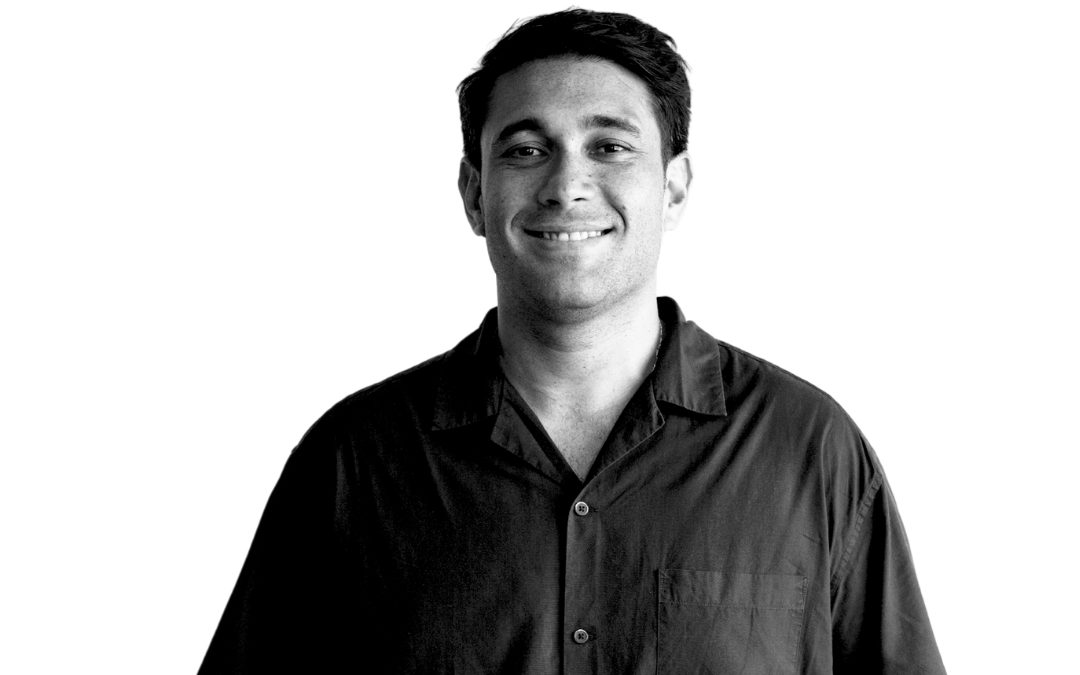Matt Ogilvie, Executive Director at Herd MSL, featured in AdNews alongside Melissah Toomey, Head of Marketing – Coffee at Nescafé Australia, to unpack how we flipped the traditional ad model in favour of social listening, creator collaboration, and a culture-first activation to genuinely connect with Gen Z — an approach that fuelled the Nescafé Espresso Concentrate campaign.
(First published in AdNews)
Nescafé flipped its marketing approach for the launch of its Espresso Concentrate, moving from traditional ads to a creator-led strategy aimed at a generation raised on TikTok.
Melissah Toomey, head of marketing, coffee, at Nescafé said the decision was driven by the insight that Gen Z loves iced coffee far more than Millennials or Gen X.
“We’re trying to recruit the younger generation of coffee drinkers,” she told AdNews.
“For 18 to 34-year-olds, 18% actually had iced coffee as their very first type of coffee… We also know they like to experiment. They like different flavours, higher levels of sweetness and playing with alternate milks.
“We wanted to launch a product that made it really easy for them to create good-quality iced coffee at home.”
Toomey said the brief from Nescafé was to reach a generation that’s tuning out advertising.
“Gen Z really wants inspiration from people they trust and people that they can relate to,” she said.
“They don’t necessarily want to hear big brands talking at them… which is why we knew that it was going to be critical for us to use influencers from the start.
“Actually 49% of Gen Z are learning about coffee trends through social media, so social media was always going to be a part of the way we spoke to them.”
Matt Ogilvie, executive director at Herd MSL, said Australian actress and singer Ayesha Madon brought “cultural credibility” to the campaign.
“Using some of our own Publicis social listening tools, we were able to identify very early on that she was a coffee drinker,” he said.
“She used coffee, especially iced coffee, as a hack to her creativity which was a nice direct link to the global campaign.
“I also think her tone and humor made her more relatable and a natural fit for the role.”
The campaign was anchored by a hero vertical film and supported by additional 15-second and six-second cut-downs developed for organic and paid channels.
Nescafé also launched a two-day pop-up Hack Café on Bondi Beach, serving samples from its range and a TikTok-inspired menu featuring Madon’s signature Ayesh-ed Pistachio.
The activation achieved 100% positive consumer sentiment based on post-interaction feedback on-site and online engagement.
“We really wanted to reimagine, essentially, what TikTok’s ‘For You page’ would look like if it were a café,” Ogilvie told AdNews.
“The café was designed to ensure that every touchpoint was made to be filmed, posted and shared… It also gave us an opportunity to bring the recipes or hacks created by our hero bench of influencers to life so consumers could try them themselves.
“Bringing the digital into real life was definitely part of the strategy. At the same time, we ran it during Sculpture by the Sea, leveraging the natural footfall and buzz around the event.”
Toomey said brands need to tick three key boxes to get influencer content right.
“The influencers you choose need to be a good fit with your audience. They should be someone your audience wants to watch, engage with and see content from,” she said.
“The second is that they need to be a fit with your brand. We have a brand personality that’s warm, relatable and optimistic, so we need people who align with that as well.
“The last is that they genuinely need to be a consumer of your product. In our case, we were looking for real-life coffee drinkers, because if they don’t like coffee they’ll never be able to authentically create a recipe that resonates with their audience.”
Nescafé has confirmed plans to continue its creator-led marketing, with more initiatives to roll out later this year.
Toomer said brands can no longer just push ads out because the way consumers digest media is rapidly evolving.
“You have to be able to show up in culture in a way that’s authentic to the audience you’re talking to,” she said.
“We’ve needed to change the way we handle approvals because, at Nestlé, it used to take months to get a piece of creative through.
“To be in culture, you need to turn things around within 48 hours. That means acting faster, staying on top of trends and working closely with our agency partners.”

